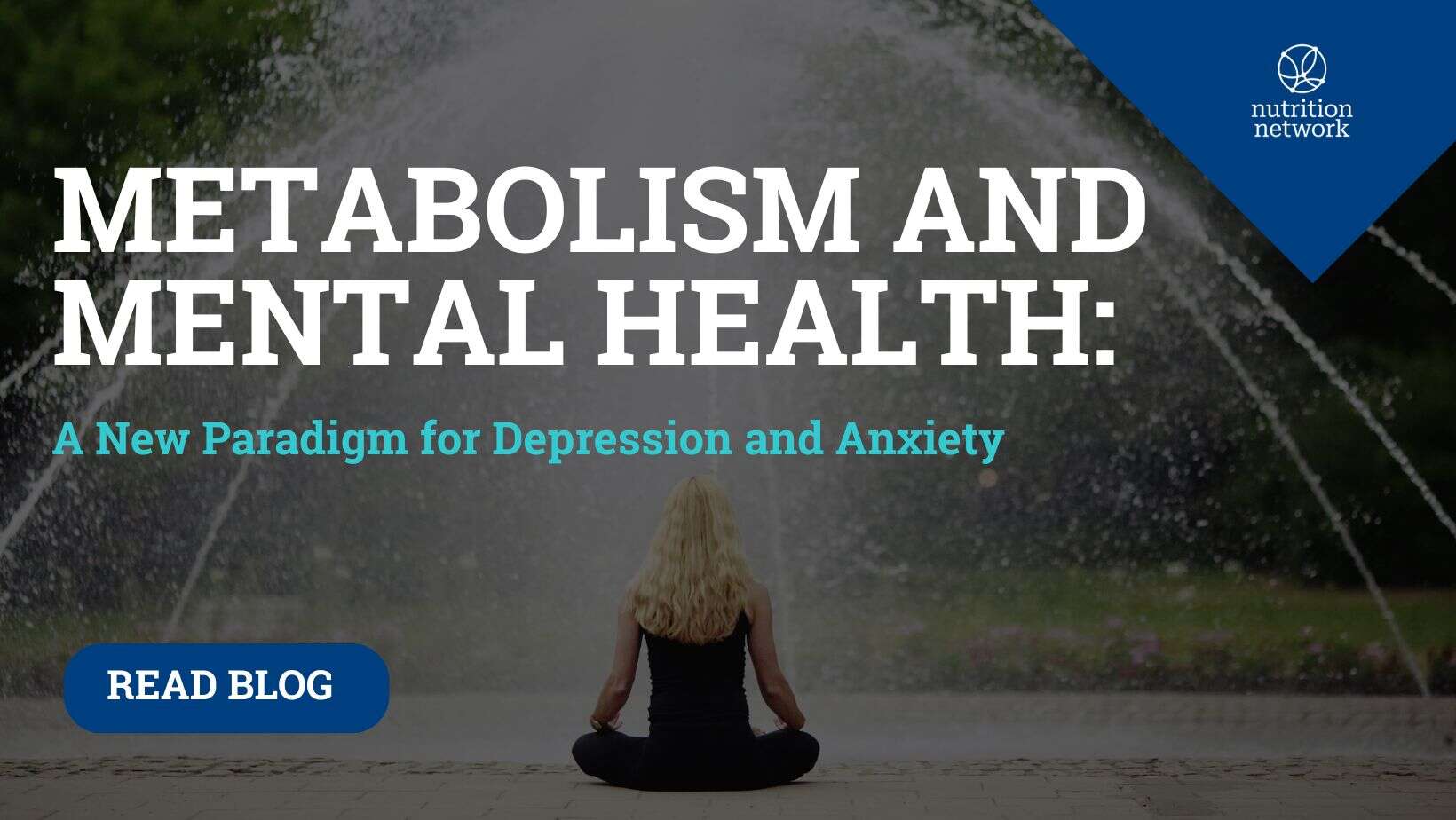Yes, mindful eating techniques can help with weight control. Research shows that people who practice mindful eating tend to lose weight by eating less food and feeling more satisfied. The key is learning to pay attention to your body’s hunger and fullness signals while eating slowly and without distractions.
This complete guide will show you exactly how to use mindful eating techniques to reach your weight goals. You’ll learn simple steps to eat slower, feel full faster, and build a healthier relationship with food that works for the long term.
What Is Mindful Eating?
Mindful eating means paying full attention to your food when you eat. It’s about slowing down and noticing how your body feels before, during, and after eating. This simple practice helps you make better food choices and eat the right amount for your body.
Think of mindful eating like hitting the pause button on your meals. Instead of rushing through your food, you take time to really taste it and listen to your body’s signals. This helps you feel more satisfied with less food.
The Science Behind Mindful Eating
Your brain needs about 20 minutes to get the message that you’re full. When you eat too fast, you might overeat before your brain catches up. Mindful eating slows you down so your body has time to tell you when you’ve had enough.
Studies show that people who practice mindful eating eat about 64 fewer calories per meal without feeling hungry. According to Harvard’s School of Public Health, mindful eating can lead to greater psychological wellbeing and increased satisfaction when eating. Over time, this small change can lead to meaningful weight loss.
How Mindful Eating Helps With Weight Control
Reduces Emotional Eating
Many people eat when they’re stressed, bored, or upset rather than when they’re truly hungry. According to the University of New Hampshire Extension, 38% of adults say they have overeaten or eaten unhealthy foods in the past month due to stress. Mindful eating helps you figure out if you’re eating because your body needs food or because you’re trying to feel better.
Before you eat, ask yourself: “Am I really hungry, or am I eating for another reason?” This simple question can help you make better choices.
Slows Down Your Eating Speed
When you eat quickly, you’re more likely to eat too much. Your stomach needs time to send signals to your brain that it’s getting full. Eating slowly gives your body time to communicate properly.
Research from the National Institute of Health shows that people who eat faster are more likely to gain weight and become obese. Slowing down is one of the easiest ways to eat less without feeling deprived.
Helps You Recognize Fullness
Mindful eating teaches you to notice when you’re getting full. You’ll learn to stop eating when you feel satisfied, not when your plate is empty or when you feel stuffed.
This skill takes practice, but it’s one of the most powerful tools for weight control. When you can tell when you’ve had enough, you naturally eat the right amount for your body.
Simple Mindful Eating Techniques
Use the Hunger Scale
The hunger scale is a simple tool that helps you decide when to eat and when to stop. It goes from 1 (starving) to 10 (uncomfortably full). Here’s how to use it:
Before eating: Check if you’re at a 3 or 4 on the scale. This means you’re hungry but not starving.
During eating: Pay attention to how full you feel. Stop eating when you reach a 6 or 7.
After eating: You should feel satisfied but not stuffed. If you feel too full, eat less next time.
Practice the 20-Minute Rule
Set a timer for 20 minutes when you sit down to eat. Try to make your meal last the full 20 minutes. This gives your brain time to register that you’re full.
If 20 minutes feels too long, start with 15 minutes and work your way up. The goal is to eat slower than you normally would.
Put Your Fork Down Between Bites
This simple trick naturally slows down your eating. Take a bite, put your fork down, chew completely, and swallow before picking up your fork again.
This technique helps you focus on each bite and gives your stomach time to send fullness signals to your brain.
Creating the Right Environment
Remove Distractions
Turn off the TV, put away your phone, and don’t read while eating. When you’re distracted, you’re more likely to eat too much because you’re not paying attention to your body’s signals.
Eating without distractions also helps you enjoy your food more. You’ll taste more flavors and feel more satisfied with your meal.
Eat at a Table
Make eating a special activity by sitting at a table instead of eating standing up or walking around. This helps you focus on your food and creates a calm eating environment.
Use Smaller Plates and Utensils
Smaller plates make portions look bigger, which can help you feel satisfied with less food. Smaller forks and spoons also slow down your eating naturally.
Advanced Mindful Eating Strategies
Check Your Emotions Before Eating
Before you eat, take a moment to notice how you’re feeling. Are you hungry, or are you eating because you’re stressed, bored, or sad?
If you’re not physically hungry, try doing something else first. Go for a short walk, drink some water, or call a friend. Sometimes we eat when we really need something else.
Notice Your Food’s Qualities
When you eat, pay attention to:
- How your food looks and smells
- The texture in your mouth
- The different flavors you taste
- How the food makes you feel
This practice helps you enjoy your food more and feel satisfied with smaller portions.
Practice Gratitude
Before eating, take a moment to think about where your food came from and appreciate the effort that went into making it. This simple practice can help you feel more connected to your food and eat more mindfully.
Common Challenges and Solutions
“I Don’t Have Time to Eat Slowly”
Start small. Pick one meal or snack per day to eat mindfully. Even eating mindfully once a day can help you build this skill.
If you’re really pressed for time, try taking just three deep breaths before eating. This simple pause can help you eat more mindfully even in a hurry.
“I Forget to Pay Attention”
Put a sticky note on your plate or set a phone reminder to help you remember to eat mindfully. With practice, it will become more natural.
“I Feel Silly Eating So Slowly”
Remember that taking care of your health is important. If you’re eating with others, you can practice mindful eating quietly without calling attention to it.
Building Long-Term Habits
Start Small
Don’t try to change everything at once. Pick one or two mindful eating techniques and practice them for a week. Once they feel natural, add another technique.
Be Patient With Yourself
Learning to eat mindfully takes time. Don’t expect to be perfect right away. If you eat mindlessly sometimes, that’s okay. Just notice what happened and try again at your next meal.
Track Your Progress
Keep a simple food journal where you write down how hungry you were before eating and how full you felt afterward. This helps you notice patterns and improve over time.
Mindful Eating vs. Dieting
Focus on How You Eat, Not What You Eat
Traditional diets tell you what foods to avoid. Mindful eating focuses on how you eat any food. You can eat mindfully whether you’re having a salad or a piece of cake.
No Forbidden Foods
Mindful eating doesn’t ban any foods. Instead, it helps you enjoy all foods in the right amounts for your body. This makes it easier to stick with long-term.
Sustainable Weight Loss
Most diets work short-term but are hard to follow forever. Mindful eating teaches you skills you can use for life. Research shows that people who practice mindful eating are more likely to keep weight off long-term.
The Role of Hunger and Fullness Signals
Understanding Physical Hunger
True physical hunger builds slowly and can be satisfied with many different foods. It includes feelings like:
- Stomach growling
- Low energy
- Difficulty concentrating
- Mild stomach discomfort
Recognizing Fullness
Fullness signals are more subtle than hunger signals. Look for:
- Feeling satisfied, not stuffed
- Losing interest in food
- Feeling energized, not tired
- A sense of contentment
Emotional vs. Physical Hunger
Emotional hunger comes on suddenly and wants specific foods (usually sweet or salty). Physical hunger builds gradually and can be satisfied with healthy foods.
Learning to tell the difference helps you eat when your body needs food, not when your emotions need comfort.
Practical Tips for Daily Life
At Work
- Pack your lunch and eat it away from your desk
- Take actual lunch breaks instead of eating while working
- Keep healthy snacks at your desk to avoid vending machine temptations
At Home
- Prepare meals without distractions like TV
- Eat at the same time each day when possible
- Create a calm eating environment with good lighting
When Eating Out
- Look at the menu before you arrive so you’re not rushed
- Ask for a to-go box with your meal and pack half before you start eating
- Focus on enjoying the company and conversation, not just the food
Weight Loss Benefits
Sustainable Results
Unlike crash diets, mindful eating helps you lose weight gradually and keep it off. Research published in Obesity Reviews found that mindful eating strategies can be as effective for weight loss as conventional diet programs. People who practice mindful eating are more likely to maintain their weight loss long-term.
Improved Relationship with Food
Mindful eating helps you stop feeling guilty about food. You’ll enjoy eating more and stress about it less, which can help with emotional eating.
Better Digestion
When you eat slowly and without stress, your body digests food better. According to Harvard Health, eating while distracted can slow down or stop digestion similar to how stress affects the body. This can help with bloating, stomach upset, and other digestive issues.
Special Considerations
For Busy Families
Teach your family to eat mindfully by having device-free meals and asking everyone to share one thing they enjoyed about their food.
For People with Medical Conditions
If you have diabetes, eating disorders, or other health conditions, talk to your doctor before making big changes to how you eat. Mindful eating can be helpful, but you may need guidance.
For Emotional Eaters
If you often eat when stressed or upset, mindful eating can be especially helpful. It gives you tools to pause and choose how to respond to difficult emotions.
Final Thoughts
Mindful eating techniques offer a simple, sustainable way to control your weight without strict diets or complicated rules. By learning to eat slowly, pay attention to your body’s signals, and remove distractions, you can naturally eat the right amount of food for your body.
The key is to start small and be patient with yourself. Even small changes, like putting your fork down between bites or eating one meal per day without distractions, can make a big difference over time.
Remember that mindful eating is a skill that takes practice. The more you work on it, the more natural it becomes. Soon, eating mindfully will feel normal, and you’ll wonder why you ever rushed through meals.
If you’re ready to build a healthier relationship with food and reach your weight goals, start with a free consultation to create a personalized plan that works for your life. At Healthy Nest Nutrition, we help you develop sustainable eating habits that support your health goals for the long term.










